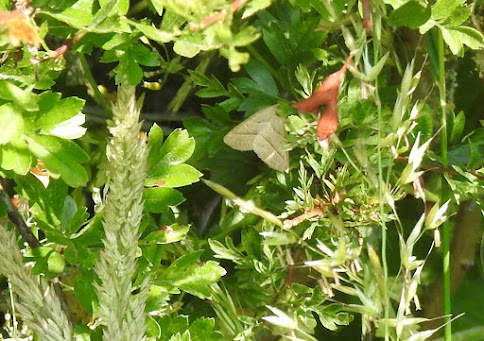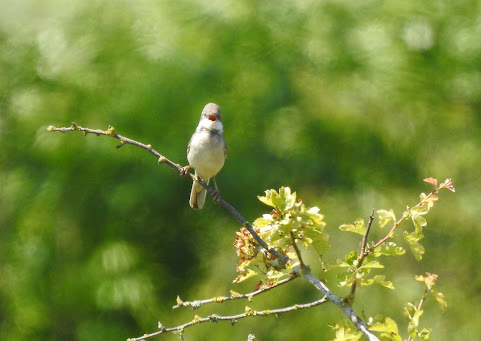The problem with birding is that it's too popular for its own good.
This post is about suppression. No birder likes it, although some are ambivalent to it, a small minority who never twitch anything. This isn't about them, its about all the rest of us.
It goes without saying that being on the receiving end of suppressed news isn't nice. To hear about a rarity too late because the news was not on general release is disappointing, but there are likely to be good reasons why the news didn't get out. If you don't hear about a potential breeding bird that's fair enough. More likely is the scenario where the site is private, or where the access is difficult. Also fair enough.
The really tricky part comes when you are the suppressor. This could be because you've just found something great. Naturally you will want to tell someone; your best mate, other people who regularly go birding there, maybe other local birders. It takes a brave person to tell no-one. But somewhere down the line, you're going to attract flak whatever you do.
What about if you get a call? You are one of the chosen few, but tell no-one and you're still a suppressor. You could try to take the moral high ground. Early in 2021 I was told about a Pied-billed Grebe in Worcestershire, but was asked to say nothing. I kept my word, but also didn't go to see the bird. I decided I was taking the high moral ground, but I was still a suppressor. Mind you, I had seen one in Britain before. It didn't hurt too much.
Today, I got another call. A Caspian Tern was at Lower Moor in Worcestershire. I was grateful to the caller because I had never seen one in the UK. How would I handle my conscience?
Well the first thing to say is that I went to see it. The issue here was access. The bird was on a small muddy scrape overlooked by a tiny fishermen's car park at the end of a winding rutted track. An absolute nightmare. I ended up having to reverse back along the track, and there were only about six other birders there.
 |
| Caspian Tern |
The next question was what to do next. I admit I contacted three people. Two already knew, and the other was unable to go. I had now betrayed a confidence, and I was still a suppressor. I felt bad. But when I think about it I doubt the finder and his immediate associates drew up a list and dutifully called them. It doesn't work like that. One person who was called thought of me (maybe among others) and let me know. It's the way it happens.
The arch enemy of the suppressor is social media. No one rang Bird Guides or Rare Bird Alert, or sent out a Tweet.........for at least four hours. I wasn't going to blog about this bird as I didn't want to break ranks any further than I already had.
But once the news was officially out, I was in the clear. I say "officially out", I don't know whether it was the finder (who lives in the village) or whether it was done with his blessing. At least the Birdguides/RBA alerts advised people should park in the village. Even this could be a problem if his neighbours have their driveways blocked. I hope the news was released with his blessing.
The supreme irony is that we all want what he had. To find a really rare bird on your patch. What would I do if I found a Penduline Tit or a Killdeer or something equally fantastic? Could I really keep it a secret?
Maybe one day I'll find out.






























